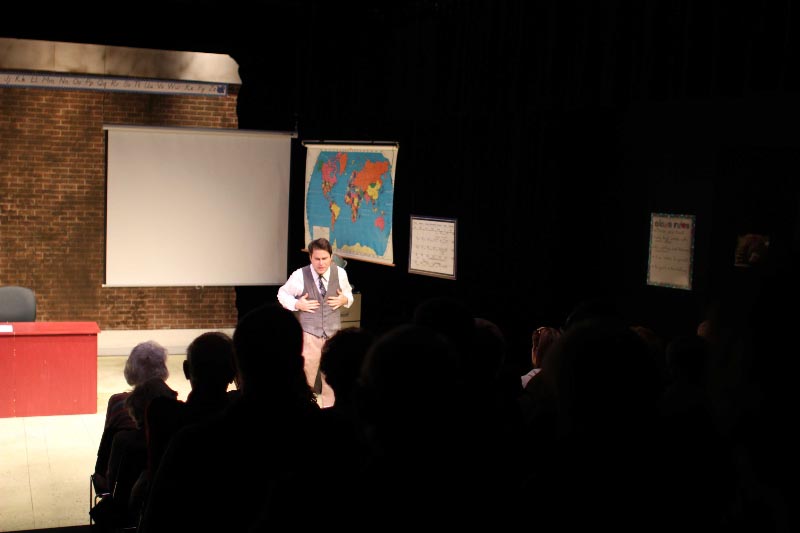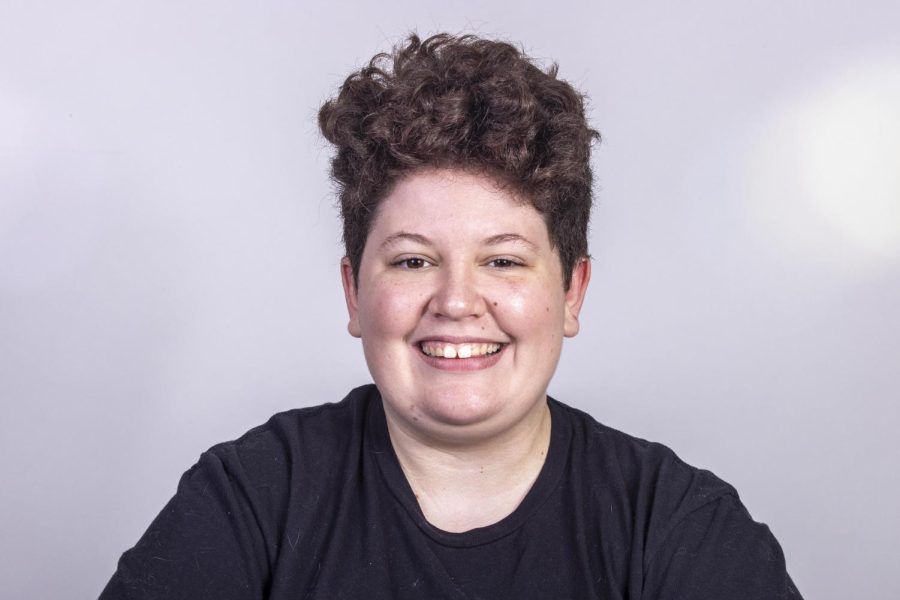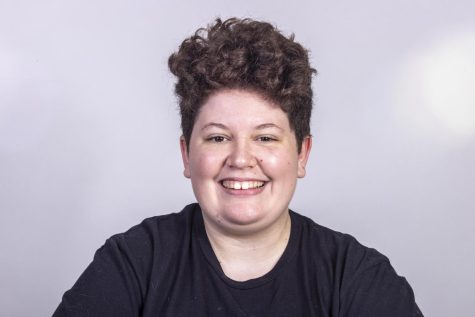COLUMN: Events are not accessible or sensory friendly on campus
Ci Richardson is a psychology major and can be reached at 217-581-2812.
November 30, 2022
Remember feeling cabin fever and loneliness during the endless months of 2020? That’s what many disabled and/or neurodivergent folks feel all the time.
Events are not accessible or sensory friendly for these folks on campus.
In other articles this week, you’ll see how physical areas are inaccessible around campus.
One that isn’t discussed is when events happen in the middle of the grass. Some wheelchair users have gear to make it onto grass and dirt, but most do not.
If the ground is muddy or soft? That entirely goes out the window.
I can’t make it out into the middle of the quad and that’s where a lot of events happen.
For example, the poster sale is completely inaccessible for me. There is not enough space between the tables for me to navigate if I were able to go on the grass.
Outside events are not the only inaccessible events that happen. Events indoors can be inaccessible too.
Events held in buildings after the traditional hours do not necessarily have the accessible door unlocked and available for users who need them. Other times, the spaces are too packed for wheelchairs to get through.
I ran into this particular problem at Pantherpalooza the past two years as I was trying to set up my specific club’s table and had to have our row shifted over so that there was space for my wheelchair to make it through.
I understand that they try to pack as much fun into one space, but that is hard for me to navigate if I can even navigate it at all.
Moving along, there are other way that events are inaccessible especially to those with sensory sensitivity. Events are loud.
There’s not much you can do to get around people being loud, but loud music is especially an issue.
It is overstimulating having to try and focus on a conversation or task as you have music playing so loud your bones are vibrating.
Add that with events that have flashing lights? I can’t handle it. Sensory needs are different for every individual so I can’t write an all encompassing article on that without it being a novel, but sound and lights are two of the main sensory issues.
Lastly, event advertising is not accessible to some. Posters are often posted with text that is hard to read, does not have enough contrast between the text and the background, or they’re too overwhelming.
Oftentimes, the information that you need to see on the poster is too close together that folks with dyslexia can’t differentiate the text as well.
When information is posted online, we run into the same issues. Some organizations often do not provide alt-text or image descriptions.
Alt-text (alternative text) is text included that describes the content of the image and/or what it tries to convey. Alt-text is accessed separately if available and isn’t always accessible to some screen readers.
Image descriptions function in the same way except with more detail and is provided below or in the comments of the image. You often see this below an image in the newspaper, where alt-text is online and used for screen readers through code.
Blind, visually-impaired and folks with dyslexia may not be able to read when events are held or any additional information that may be needed for the event due to the things posted above.
Sometimes people with 20/20 vision have a hard time reading posters if the image is too compressed and there is not enough contrast between the font color and the background.
How is someone supposed to get to an event if they cannot read how to get there?
Keep this in mind when putting events on in the future or have an alternative to in person events if you cannot get around location barriers.
Ci Richardson is a senior psychology major. They can be reached at crrichardson2@eiu.edu or 217-581-2812.

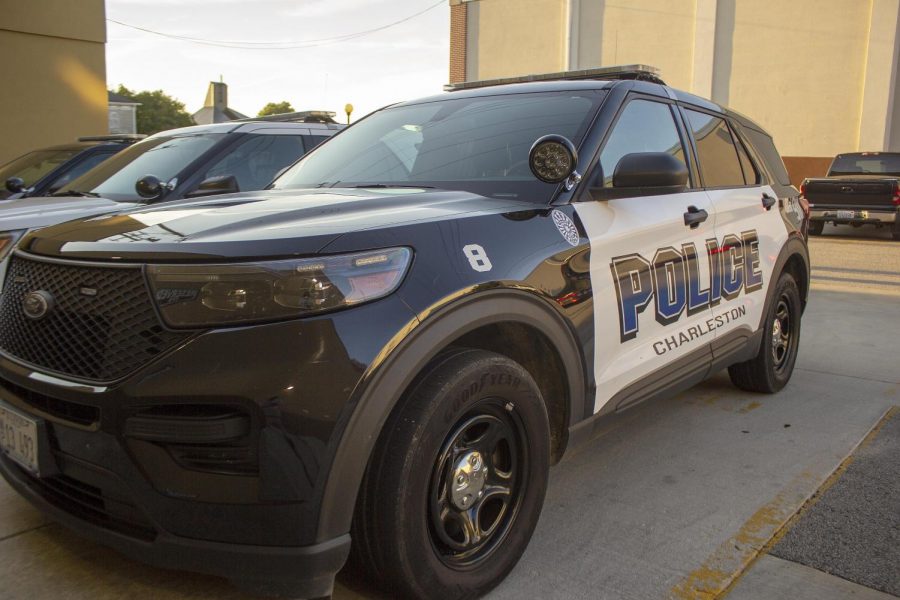
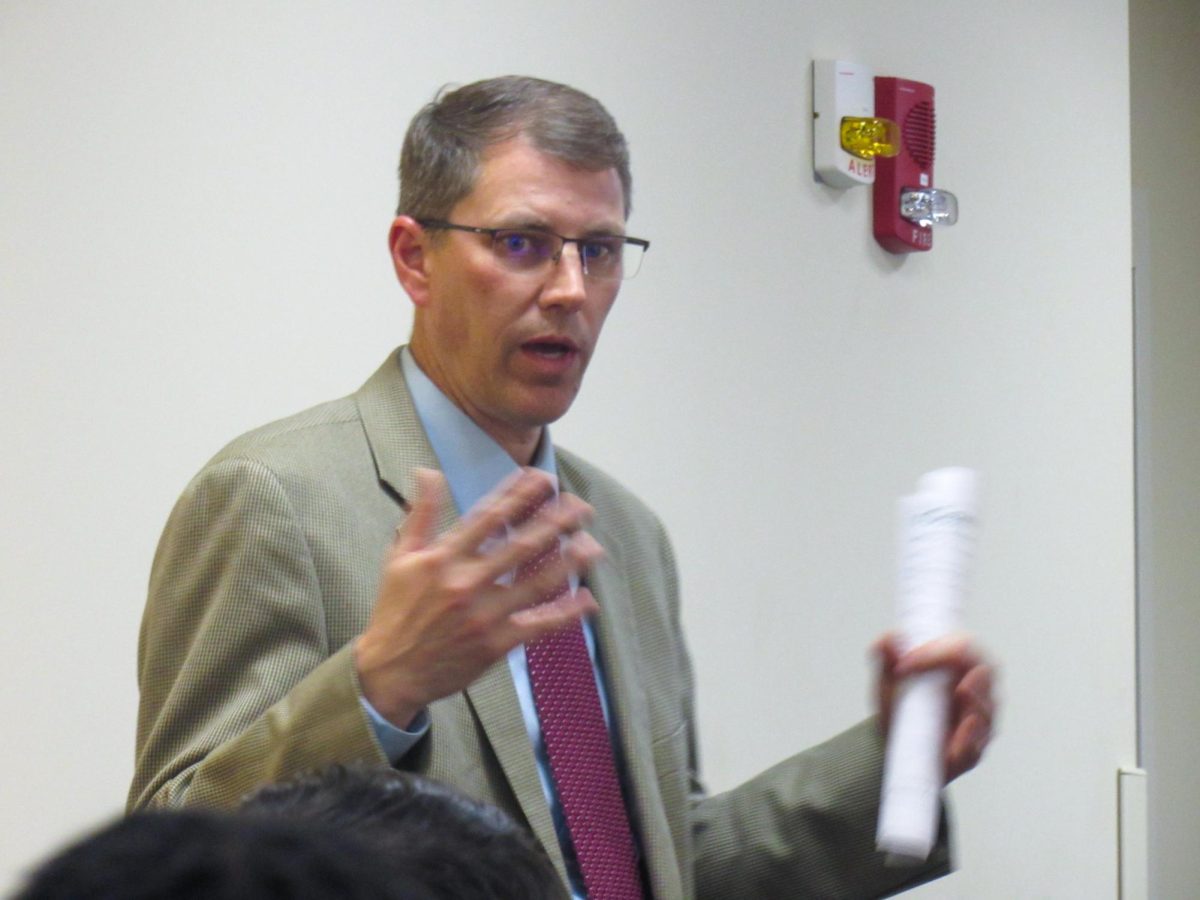
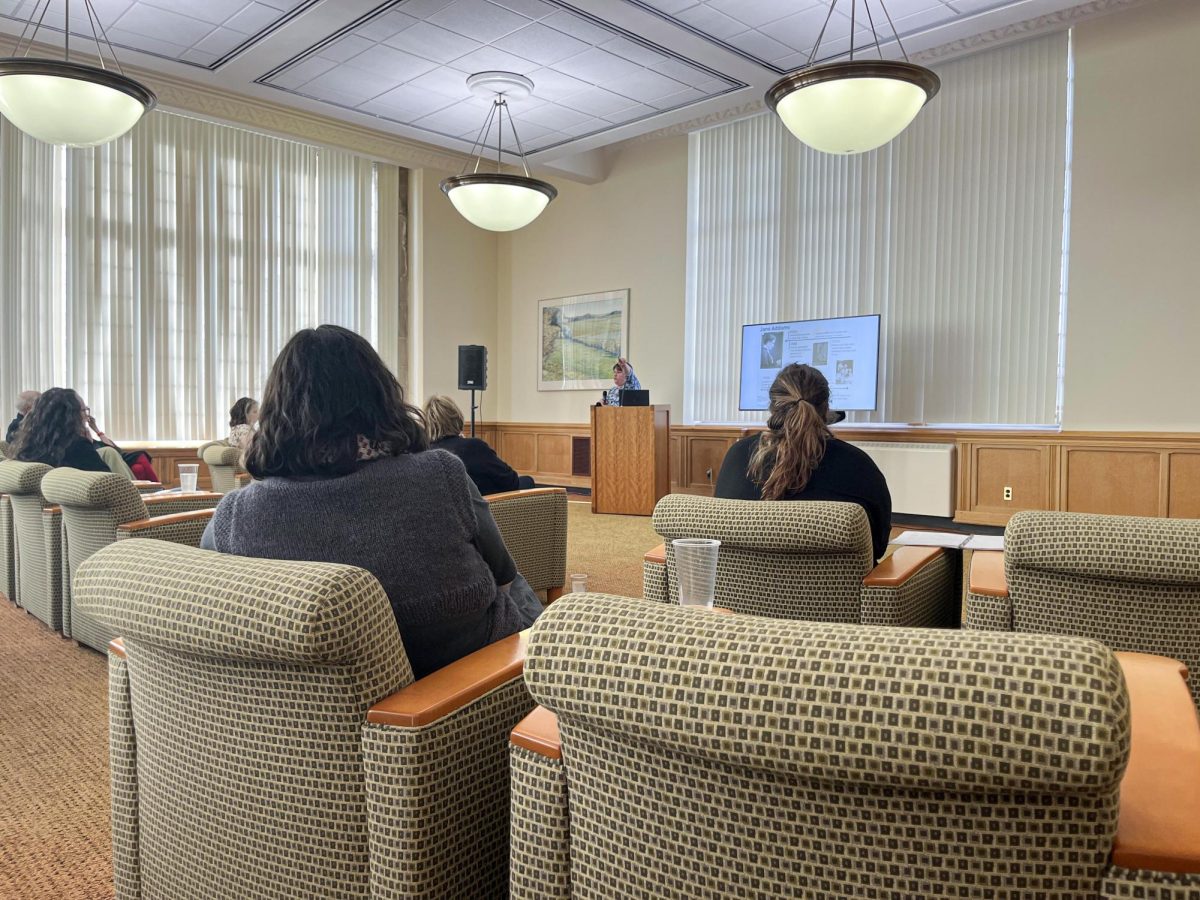
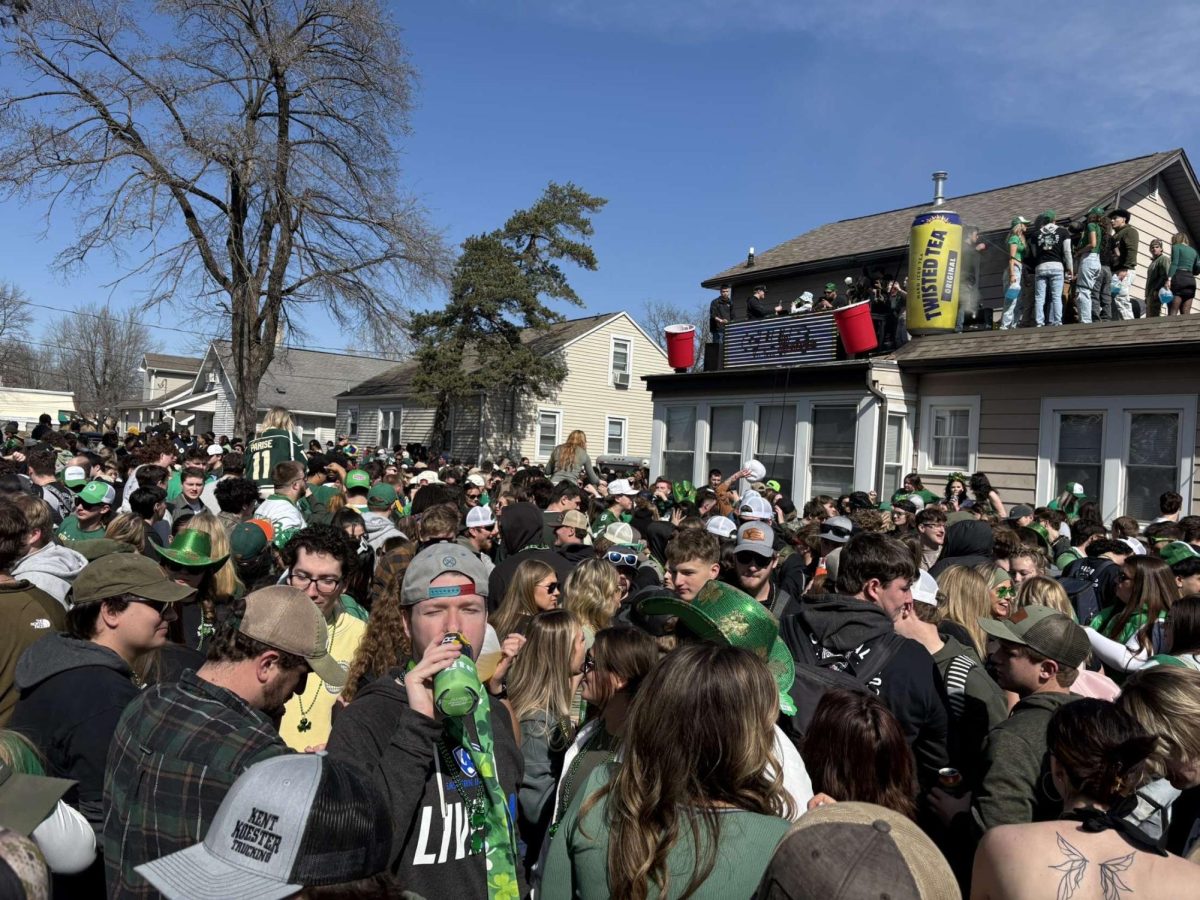
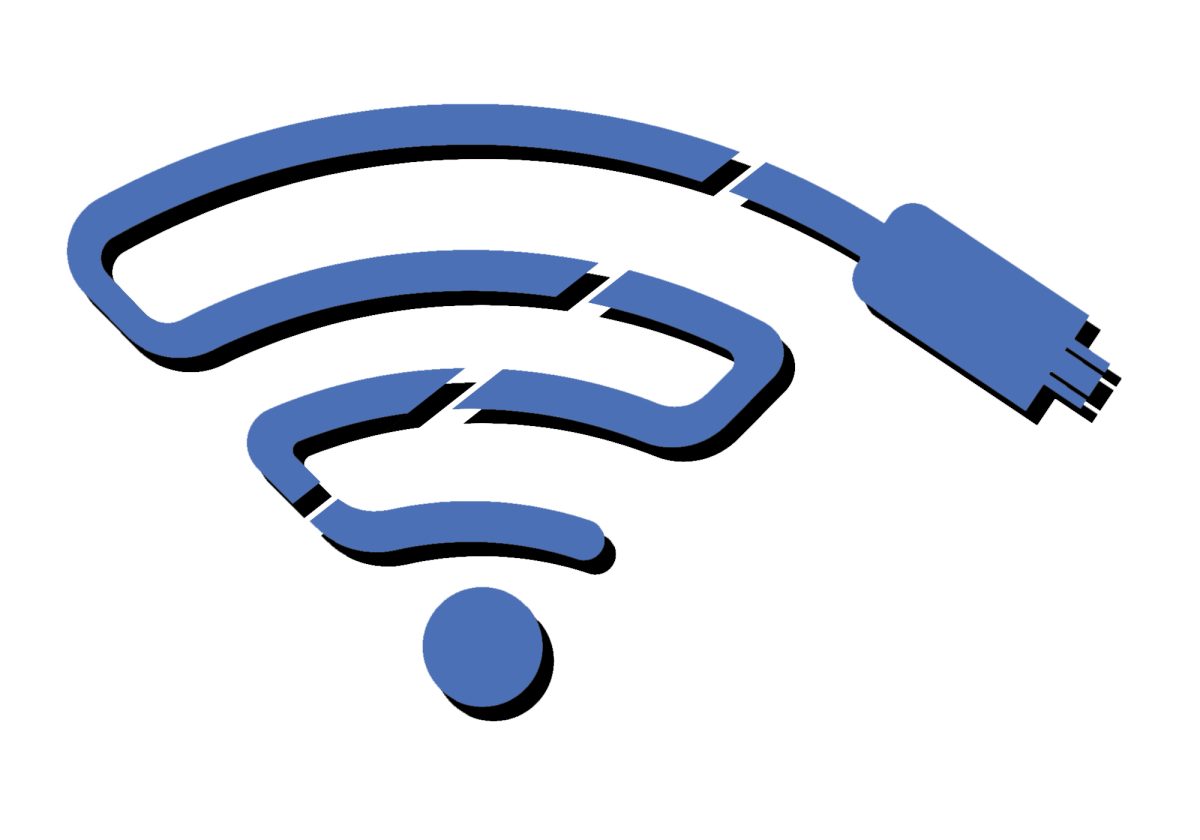
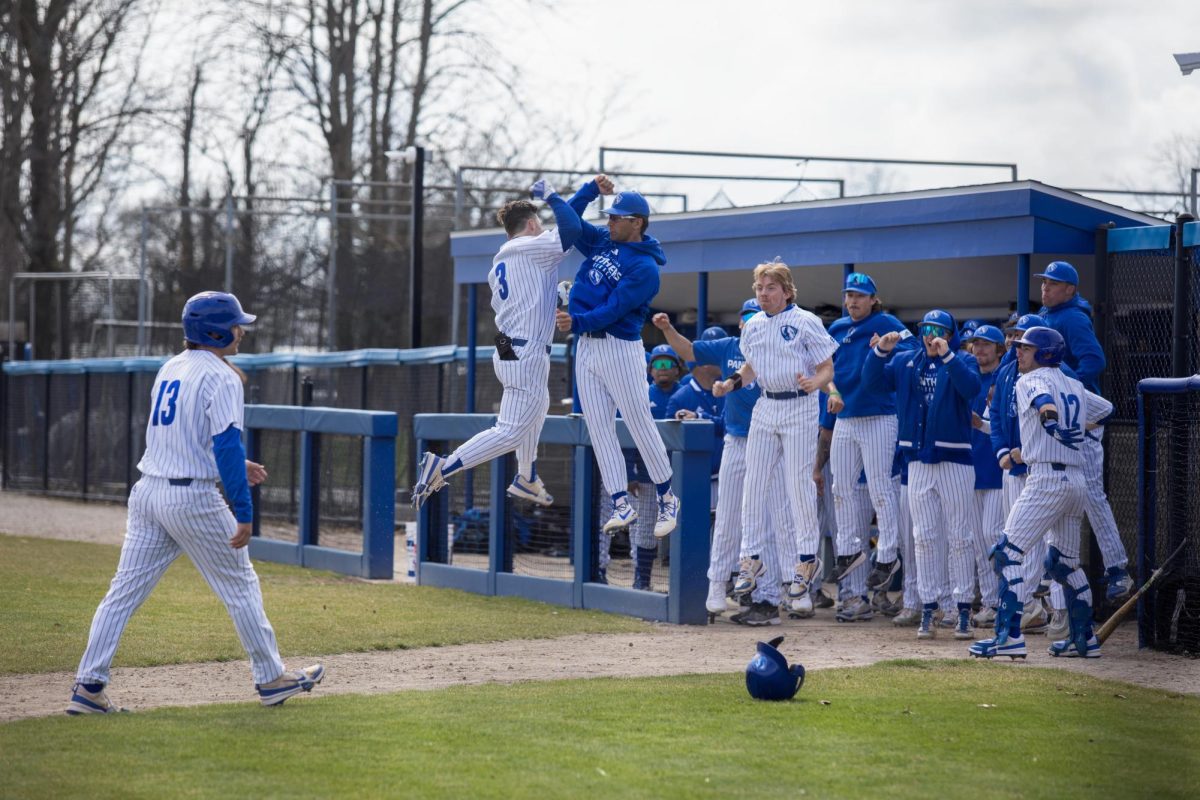


![[Thumbnail Edition] Senior tennis player Luisa Renovales Salazar hits the tennis ball with her racket at the Darling Courts at the Eastern Illinois University campus in Charleston, ILL.](https://www.dailyeasternnews.com/wp-content/uploads/2025/03/Tennis_01_O-1-e1741807434552-1200x670.jpg)

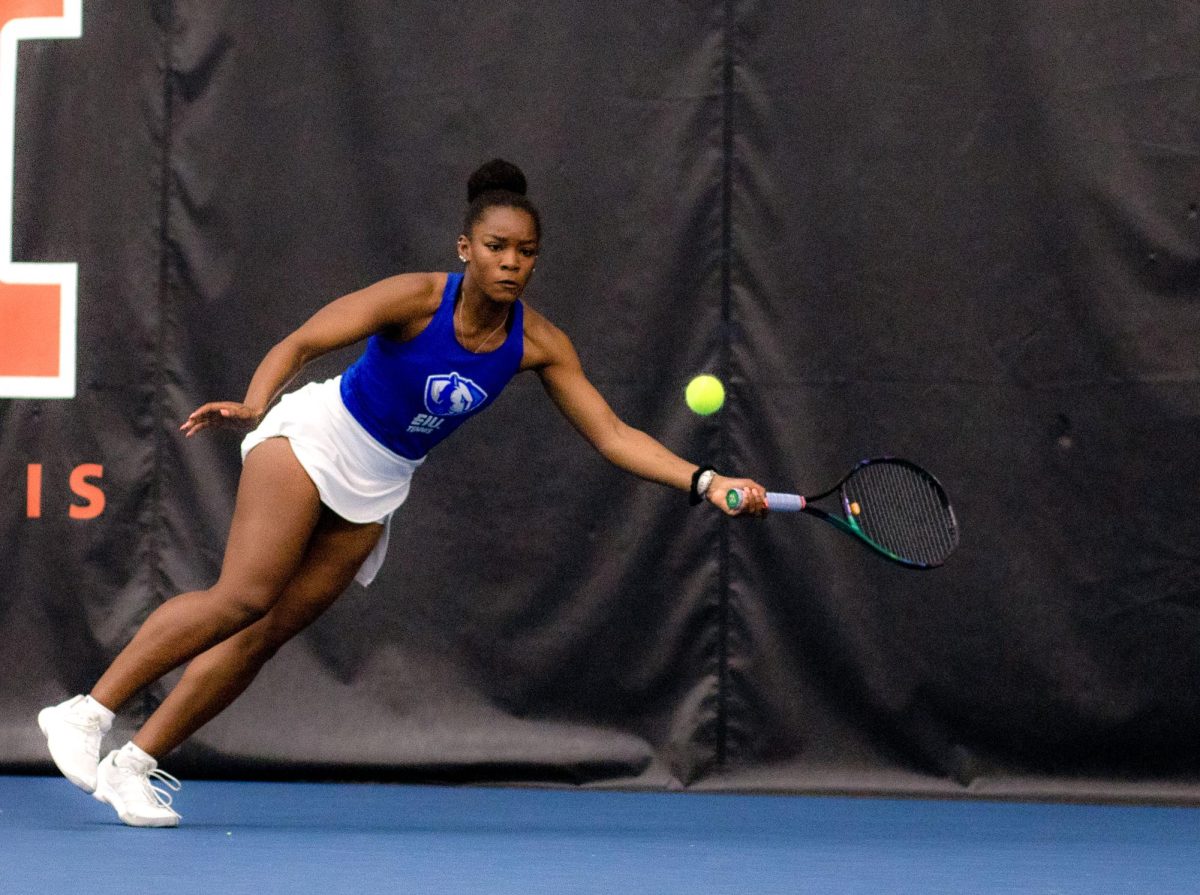




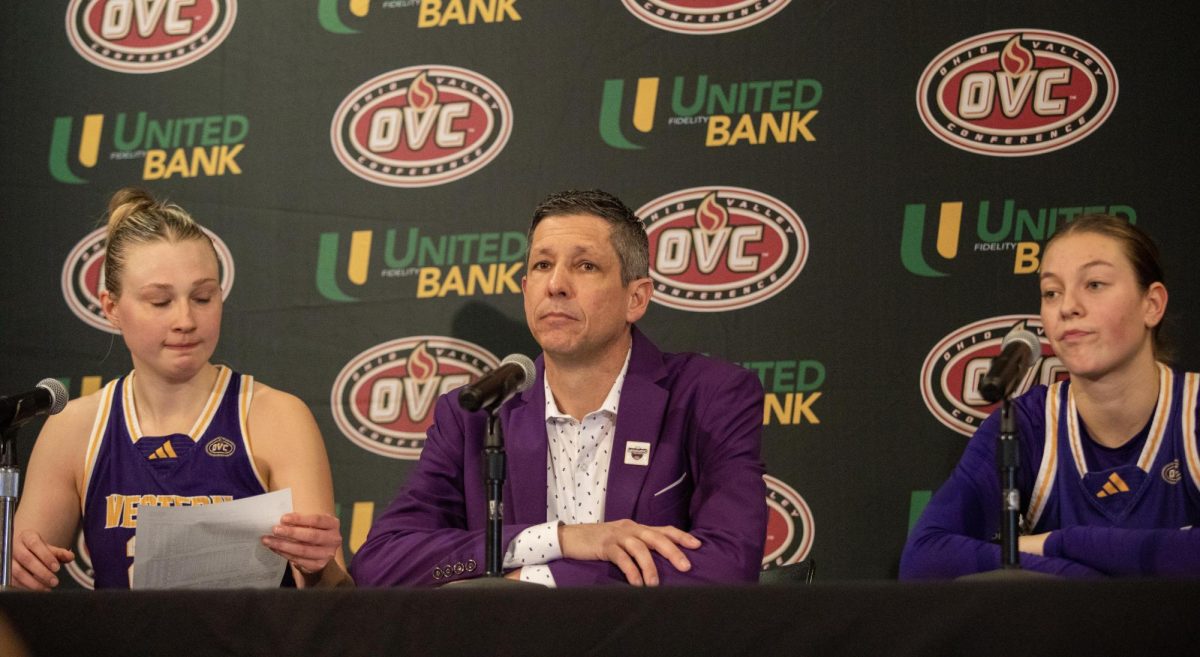


















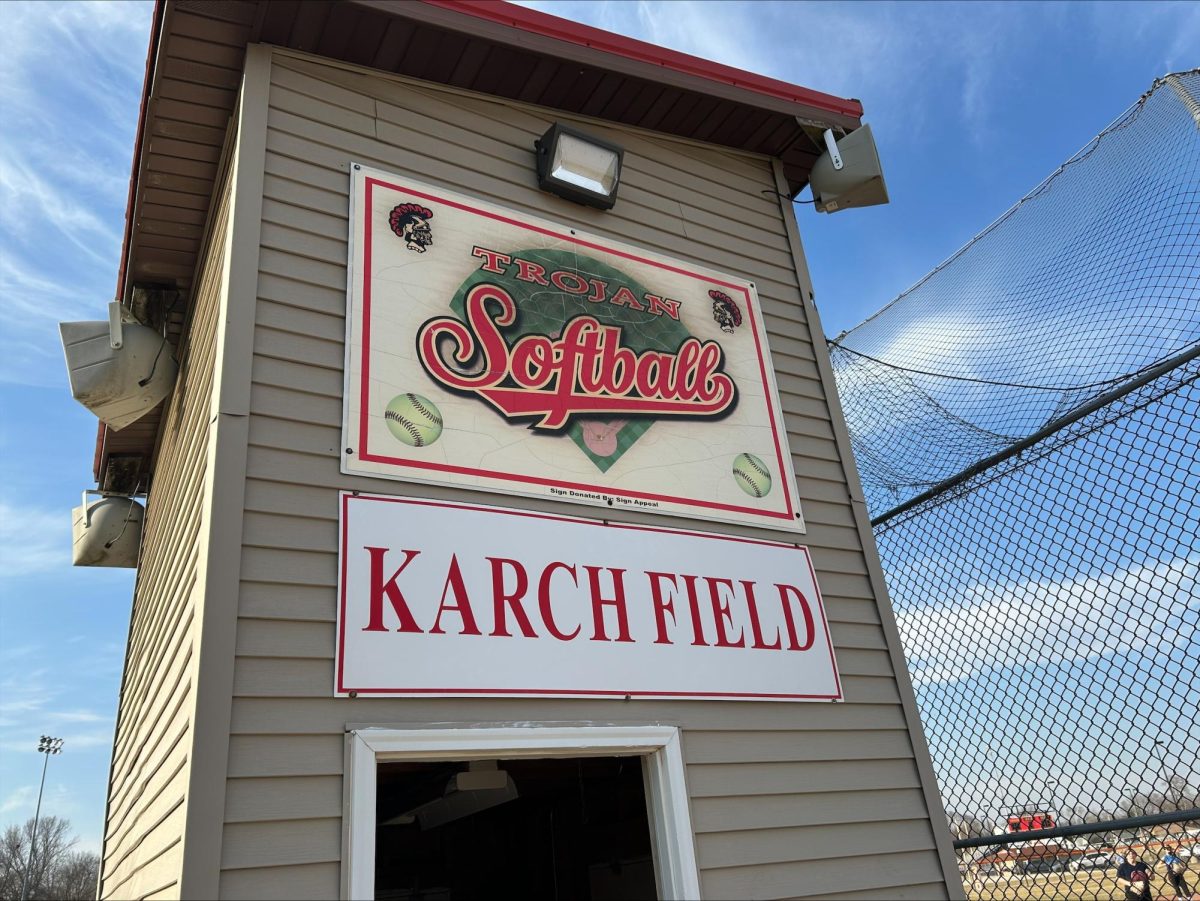
![[Thumbnail Edition] Senior right-handed pitcher Tyler Conklin pitching in the Eastern Illinois University baseball team's intrasquad scrimmage at O'Brien Field in Charleston, Illinois on Jan. 31.](https://www.dailyeasternnews.com/wp-content/uploads/2025/03/TC_01_O-e1741567955534-1200x669.jpg)
![E[Thumbnail Edition] Eastern Illinois softball freshman utility player Abbi Hatton deciding to throw the softball to home plate in a fielding drill during softball practice at the field house in Groniger arena on Tuesday Feb. 11.](https://www.dailyeasternnews.com/wp-content/uploads/2025/03/SB_03_O-e1741208880750-1-e1741209739187-1200x815.jpg)

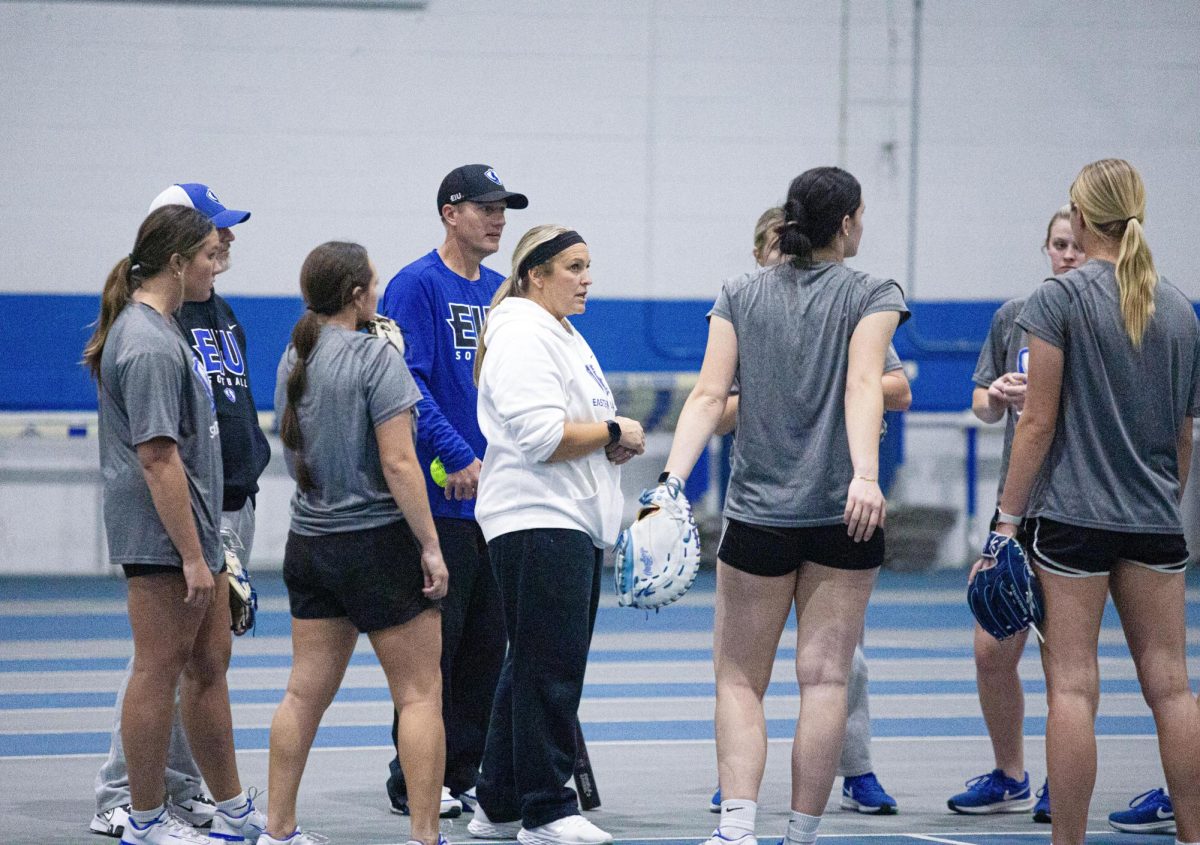












![The Weeklings lead guitarist John Merjave [Left] and guitarist Bob Burger [Right] perform "I Am the Walrus" at The Weeklings Beatles Bash concert in the Dvorak Concert Hall on Saturday.](https://www.dailyeasternnews.com/wp-content/uploads/2025/03/WL_01_O-1200x900.jpg)
![The team listens as its captain Patience Cox [Number 25] lectures to them about what's appropriate to talk about through practice during "The Wolves" on Thursday, March 6, in the Black Box Theatre in the Doudna Fine Arts Center in Charleston, Ill.](https://www.dailyeasternnews.com/wp-content/uploads/2025/03/WolvesPre-12-1200x800.jpg)


